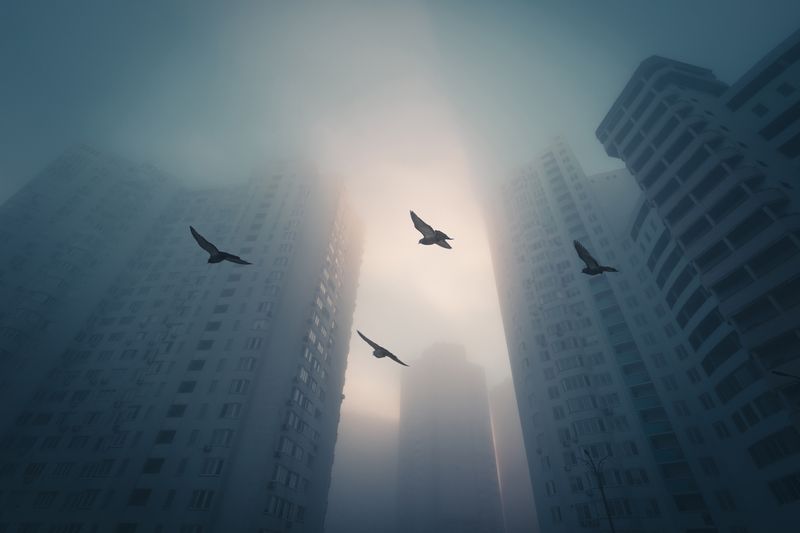
Most birds migrate at night, but the increasing in artificial lighting is making things difficult.
Image credit: Stone36/Shutterstock.com
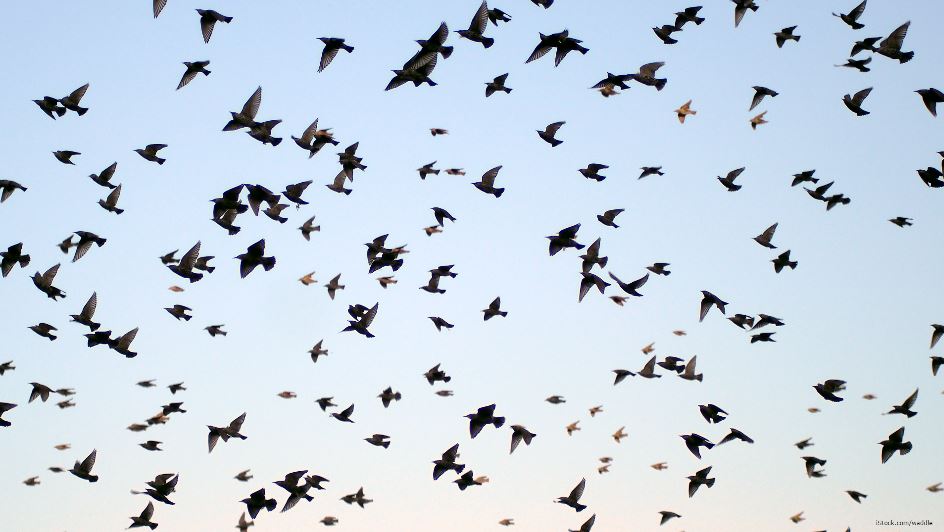
Glaring artificial lights caused the death of nearly 1,000 birds after they accidentally slammed into a brightly lit building in Chicago. These types of accidents are becoming increasingly common and it’s leaving scientists to wonder whether we need to seriously reconsider our relationship with artificial lighting.
Some 960 migratory birds were recovered from the land around McCormick Place Lakeside Center, a large convention center made of glass panels in Chicago, on October 5, according to Chicago’s Field Museum. Dozens of species were affected, but the majority appear to have been palm and yellow-rumped warblers.
Most birds migrate at night and artificial lighting can dazzle their nighttime navigation, leading to collisions with reflective surfaces or glass buildings.
Indeed, this is not the first time the lights of McCormick Place’s glass-clad building have been blamed on a mass die-off of migratory birds.
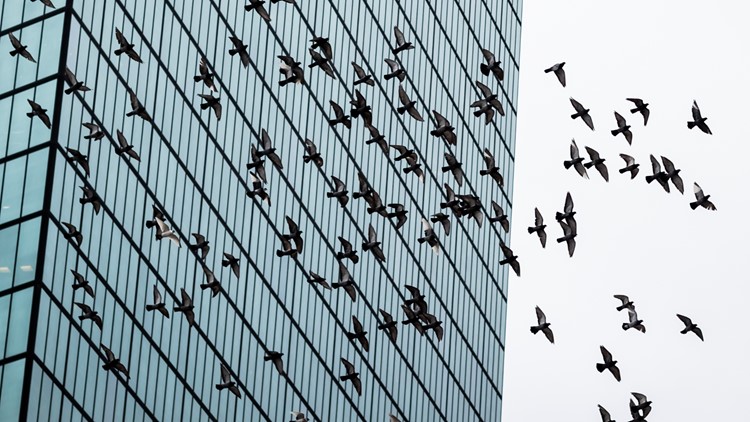
“Every day during spring and fall migration seasons, our scientists and volunteers have gotten up at sunrise in search of birds that have flown into the center’s windows,” Field Museum posted on X (formerly Twitter).
“Collections data have proved many migratory birds are shrinking due to climate change. They’ve also helped scientists make the case for turning off city lights to help migrating birds: Illuminated windows can disorient birds, resulting in more collisions,” they added.
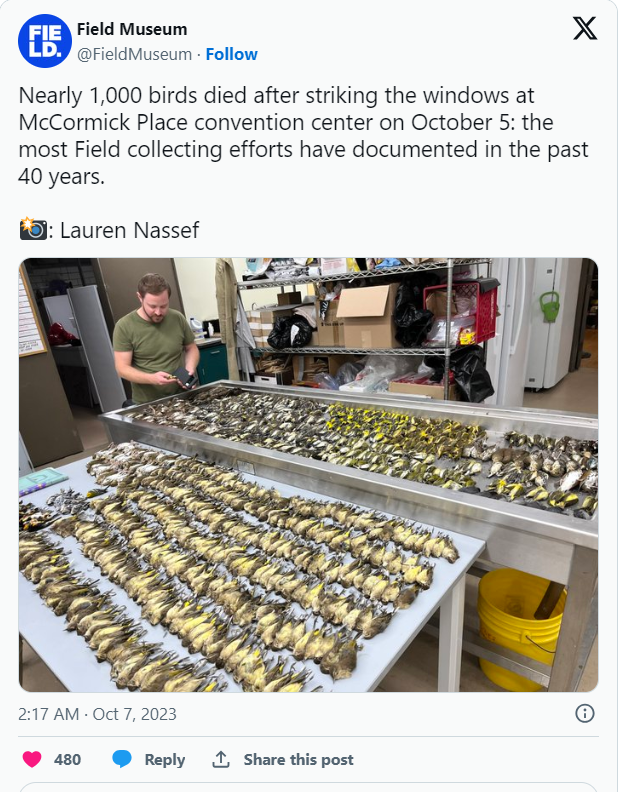
McCormick Place has acknowledged the problem, posting on Instagram that they’re currently “consulting with experts to identify the best options for both immediate and long-term solutions.”
Aptly, a new study was published this week that looked at how light pollution is posing a growing threat to migrating birds.
Using weather radar data, scientists found that artificial light is a main indicator of where birds will land on their lengthy journeys. With city lights acting like glowing beacons, migratory birds are being lured to urban areas, which are risky places filled with threats like people, cats, scarcer food, and plenty of shiny buildings to collide with.
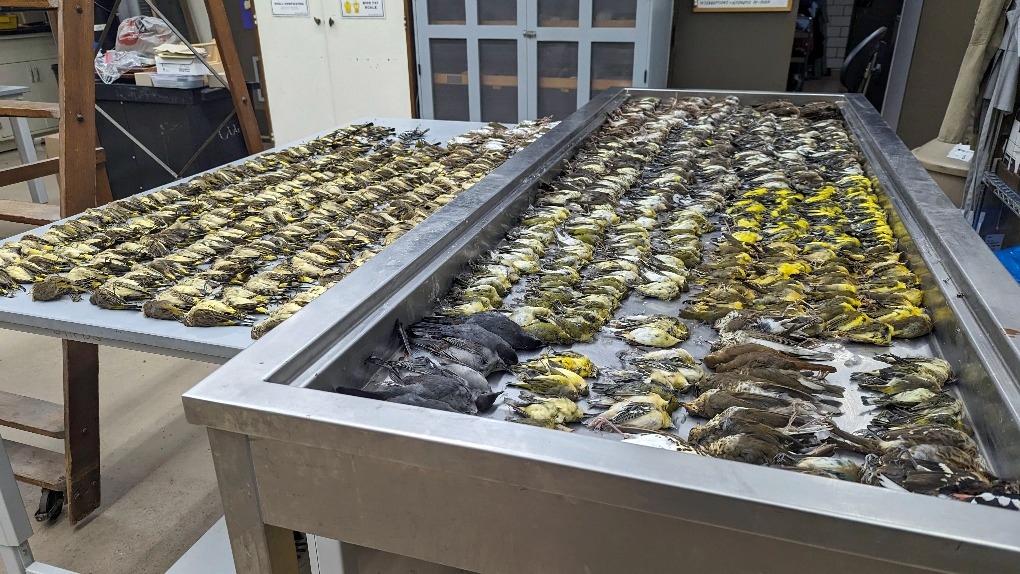
Light pollution is continuing to increase sharply with the ongoing urbanization of the planet and our ever-expanding development, creating a noticeable impact on human and ecological health.
“We don’t often think about light as a pollutant, but it checks all the boxes of what pollution is,” Kyle Horton, study author and an assistant professor at Colorado State University’s Department of Fish, Wildlife and Conservation Biology, said in a statement.
“If we turned off all lights tonight, there would be no birds colliding because of lights tonight. The impact is immediate and positive for birds,” said Horton.





